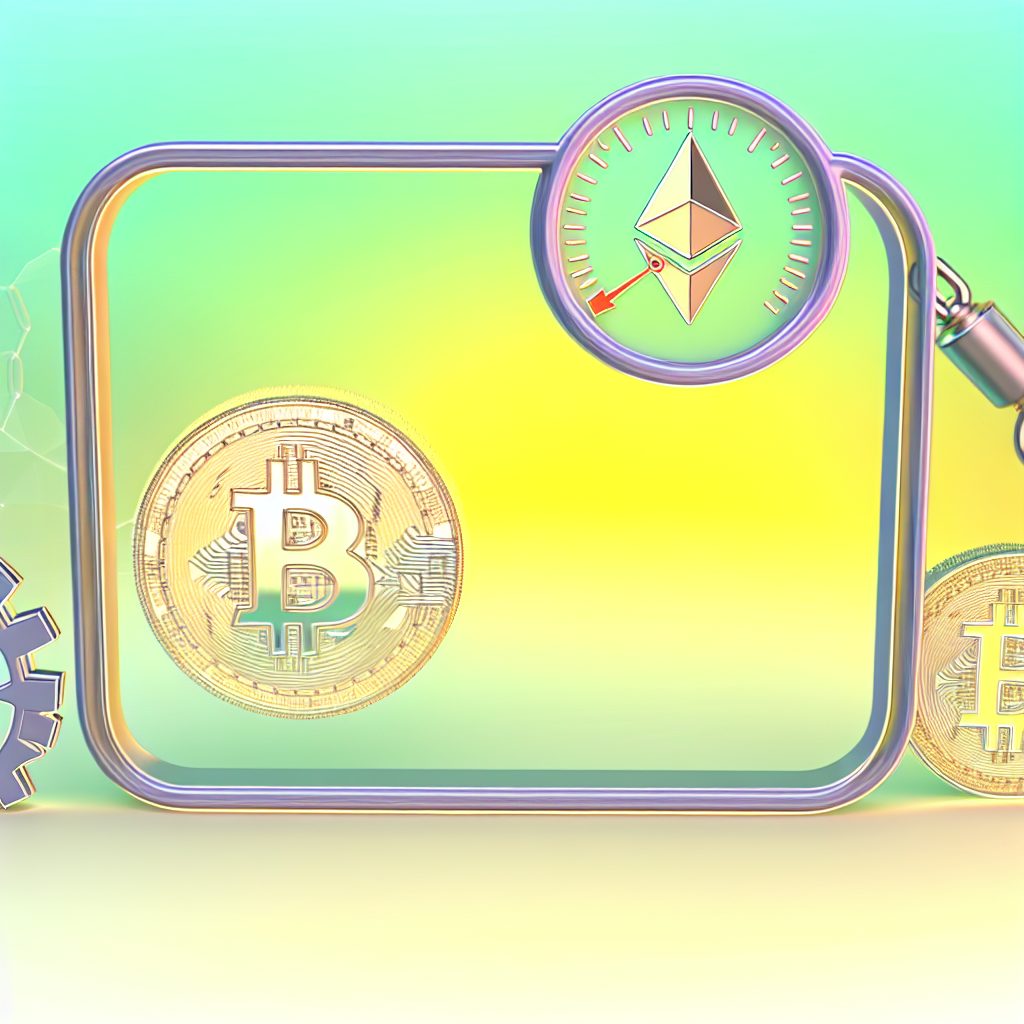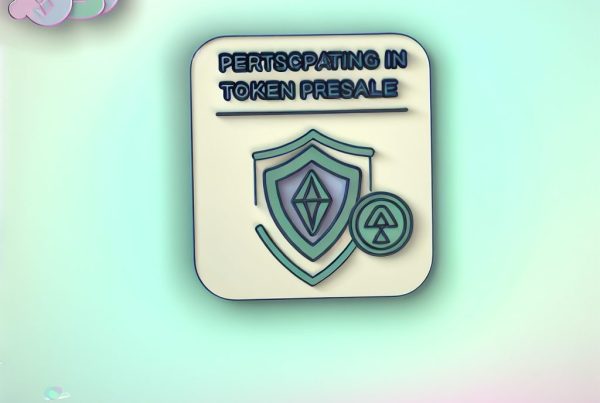Understanding Crypto Gas Limit Settings
In the world of cryptocurrency, transactions are not as straightforward as they may seem. One of the critical components that every crypto user must understand is the concept of gas limit settings. This article delves into what gas limits are, how they function, and why they are essential for anyone engaging in blockchain transactions.
What is Gas in Cryptocurrency?
Gas is a term used primarily in the Ethereum network to describe the computational effort required to execute operations, such as transactions or smart contracts. Each operation on the Ethereum blockchain requires a certain amount of gas, which is measured in units. Users pay for gas in Ether (ETH), the native cryptocurrency of the Ethereum network.
Gas serves two primary purposes:
- Transaction Fees: Gas fees compensate miners for the computational power they expend to validate transactions.
- Resource Management: Gas limits help prevent spam attacks on the network by ensuring that users pay for the resources they consume.
What is a Gas Limit?
The gas limit is the maximum amount of gas that a user is willing to spend on a transaction. Setting a gas limit is crucial because it determines how much computational work can be done for that transaction. If the gas limit is set too low, the transaction may fail, while a gas limit set too high may result in overpayment for the transaction.
How Gas Limit Settings Work
When initiating a transaction, users can specify their gas limit. This limit is essential for several reasons:
- Transaction Success: If the gas limit is too low, the transaction will not complete, and the user will lose the gas fee paid.
- Cost Efficiency: Setting an appropriate gas limit ensures that users do not overpay for transactions.
- Network Congestion: During periods of high network activity, gas prices can fluctuate significantly. Users may need to adjust their gas limits accordingly to ensure timely transaction processing.
Factors Influencing Gas Limit Settings
Several factors can influence how users set their gas limits:

- Complexity of the Transaction: More complex transactions, such as those involving smart contracts, require higher gas limits due to the additional computational resources needed.
- Network Conditions: During times of high demand, users may need to increase their gas limits to ensure their transactions are processed quickly.
- Historical Data: Users can refer to past transactions to gauge the appropriate gas limit for similar operations.
Real-World Use Cases of Gas Limit Settings
Understanding gas limits is not just theoretical; it has practical implications in the crypto world. Here are some real-world scenarios where gas limit settings play a crucial role:
1. Decentralized Finance (DeFi) Transactions
In the DeFi space, users often engage in complex transactions involving multiple smart contracts. For instance, when swapping tokens on a decentralized exchange (DEX), users must set a gas limit that accommodates the entire transaction process. If the gas limit is too low, the swap may fail, resulting in lost time and fees.
2. Non-Fungible Tokens (NFTs)
When minting or purchasing NFTs, users must also consider gas limits. High demand for popular NFTs can lead to increased gas prices, and users may need to set higher gas limits to ensure their transactions are processed promptly. For example, during the launch of a highly anticipated NFT collection, users may find themselves competing against others, necessitating higher gas limits to secure their desired assets.
3. Token Launches and Airdrops
During token launches or airdrops, users often rush to claim their tokens. In such scenarios, setting an appropriate gas limit is vital. If a user underestimates the required gas, they may miss out on the opportunity altogether. Conversely, overestimating can lead to unnecessary expenses.
How to Set Gas Limit Settings
Setting gas limits can vary depending on the wallet or platform being used. Here’s a general guide on how to set gas limits:
- Select Your Transaction Type: Choose the type of transaction you want to perform (e.g., sending ETH, swapping tokens).
- Check Current Gas Prices: Use tools like ETH Gas Station to check current gas prices and adjust your limit accordingly.
- Set Your Gas Limit: Input your desired gas limit based on the complexity of the transaction and current network conditions.
- Confirm the Transaction: Review all details before confirming the transaction to ensure that the gas limit is set appropriately.
Common Mistakes When Setting Gas Limits
Even experienced users can make mistakes when setting gas limits. Here are some common pitfalls to avoid:
- Setting Gas Limits Too Low: This can lead to transaction failures and wasted fees.
- Ignoring Network Conditions: Failing to account for network congestion can result in delayed transactions.
- Not Using Gas Estimation Tools: Many wallets and platforms offer gas estimation features that can help users set appropriate limits.
Gas Limit vs. Gas Price
While gas limit and gas price are often discussed together, they refer to different aspects of transaction fees:
- Gas Limit: The maximum amount of gas a user is willing to spend on a transaction.
- Gas Price: The amount of Ether a user is willing to pay per unit of gas, usually expressed in Gwei (1 Gwei = 0.000000001 ETH).
Both settings work together to determine the total transaction fee. For example, if a user sets a gas limit of 21,000 units and a gas price of 100 Gwei, the total fee would be:
Total Fee = Gas Limit x Gas Price
In this case, it would be 21,000 x 100 Gwei = 2,100,000 Gwei, or 0.0021 ETH.
FAQs About Crypto Gas Limit Settings
What happens if I set my gas limit too low?
If you set your gas limit too low, your transaction may fail, and you will lose the gas fee you paid for the attempt. Always ensure your gas limit is sufficient for the complexity of your transaction.
Can I change my gas limit after submitting a transaction?
No, once a transaction is submitted, you cannot change the gas limit. However, you can cancel the transaction if it has not yet been processed.
How can I find out the optimal gas limit for my transaction?
Many wallets and platforms provide gas estimation tools that analyze current network conditions and suggest an appropriate gas limit for your transaction.
Is there a way to avoid high gas fees?
To avoid high gas fees, consider timing your transactions during off-peak hours when network congestion is lower. Additionally, using layer-2 solutions can help reduce costs.
Conclusion
Understanding crypto gas limit settings is essential for anyone looking to navigate the complexities of blockchain transactions effectively. By grasping how gas limits work and the factors influencing them, users can optimize their transaction costs and ensure successful operations on the Ethereum network and beyond. As the cryptocurrency landscape continues to evolve, staying informed about these settings will empower users to make better decisions in their crypto endeavors.
For the latest updates and insights into the cryptocurrency market, consider visiting Bitrabo. Follow me on social media for more crypto news and discussions: X, Instagram, and Threads.
Disclaimer: This article is for informational purposes only and should not be considered financial advice. Always conduct your own research before making investment decisions.
The Crypto Watchlist of the Week 🔎
Subscribe to receive expert-curated projects with real potential—plus trends, risks, and insights that matter. Get handpicked crypto projects, deep analysis & market updates delivered to you.


